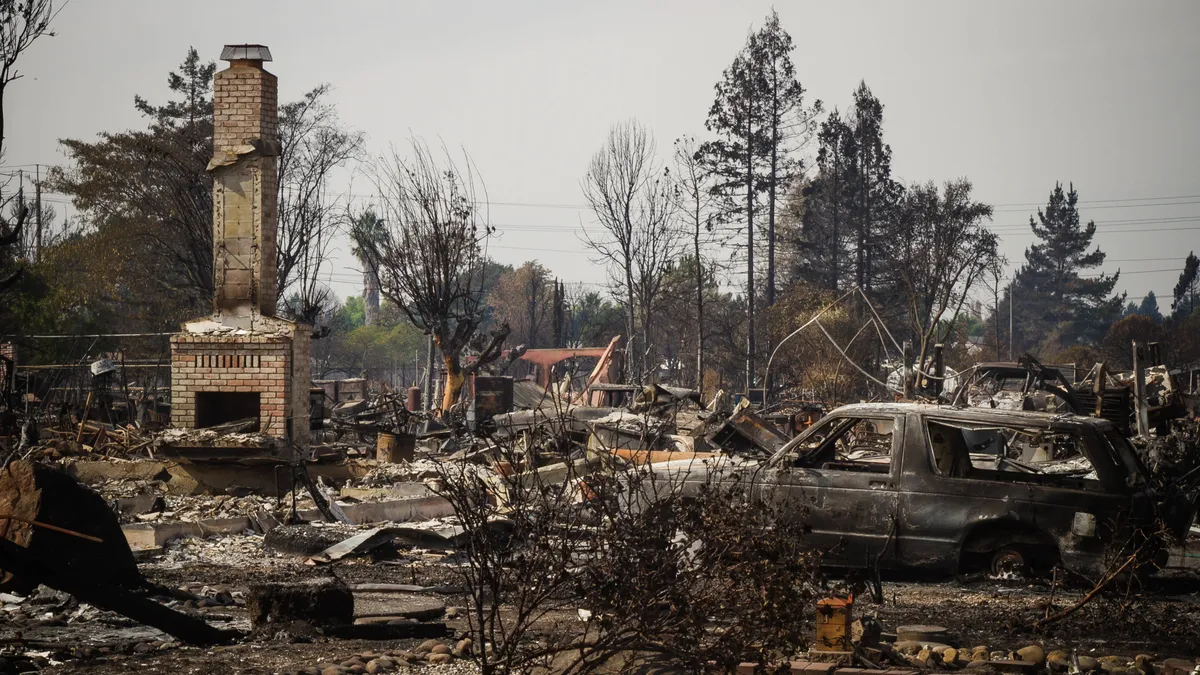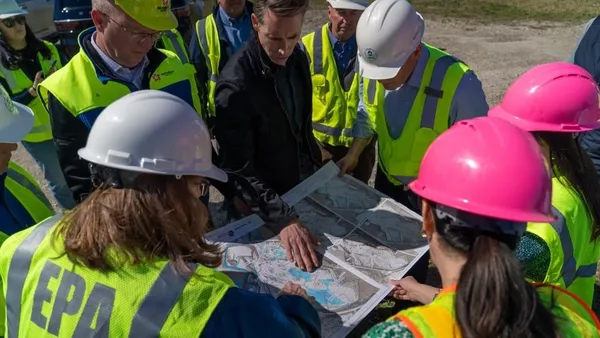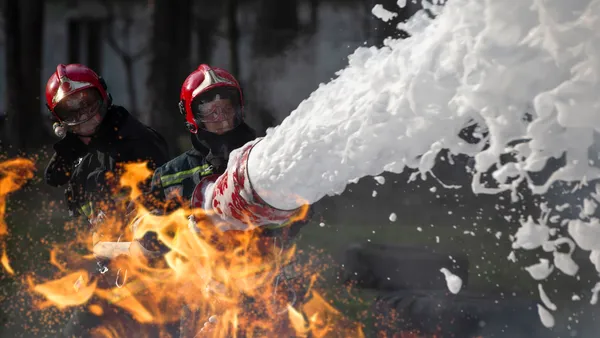Dive Brief:
- Around 260 destroyed homes from the Tubbs wildfire have contributed nearly 50,000 tons of debris to the main landfill in Sonoma County, CA as reported by The Press Democrat. This represents "less than a quarter of the burned properties in one corner" of the 36,000-acre fire.
- Republic Services, which operates the county-owned landfill, requested a four-month waiver in October so that more tonnage could be brought to the site each day. Without the waiver, the landfill would be limited to 2,500 tons from 900 trucks each day. Since the waiver went into effect, the busiest day has seen 5,800 tons arrive at the landfill. The daily average in 2016 was just 1,000 tons per day.
- A spokesperson for Republic told The Press Democrat that, as operators, the company is not immediately concerned with capacity — though "without a doubt" the influx of debris could factor into overall capacity. However, recent fires in neighboring Lake County knocked about four years of airspace off the county-owned landfill's expected capacity. A Sonoma County official told The Press Democrat that, if the wildfire meant the landfill needed to be expanded sooner than planned, that "It's OK, it’s what it’s for and we’ll make it work."
Dive Insight:
Estimates from Sonoma County and state officials say that there will be about 1 million total tons of debris. Optimistically, half of that tonnage will be recycled and half will go to the landfill.
The question of expansion could especially be a concern if the county's estimate of how much tonnage is recycled ends up being incorrect. Recycling from disaster areas depends on low contamination and requires on-site workers to sort as they're clearing debris — so it is yet to be seen if the 500,000 ton estimate will hold.
Wildfires that reach residential areas don't stop at creating capacity issues. When homes are destroyed, they typically generate hazardous waste from batteries, paint, cleaning supplies, appliances and other materials.
This year has provided ample evidence that no part of the U.S. is immune to natural disasters or unforeseen circumstances that can disrupt waste collection and recycling. In addition to ash and wreckage from western fires, this has also included water-logged flood debris in Texas post-Harvey and more vegetative material in other states and territories.
Local governments need to continue to create contingency plans to ensure operations can continue with minimal disruption and that the material being collected in going to the highest and best use whenever possible.














